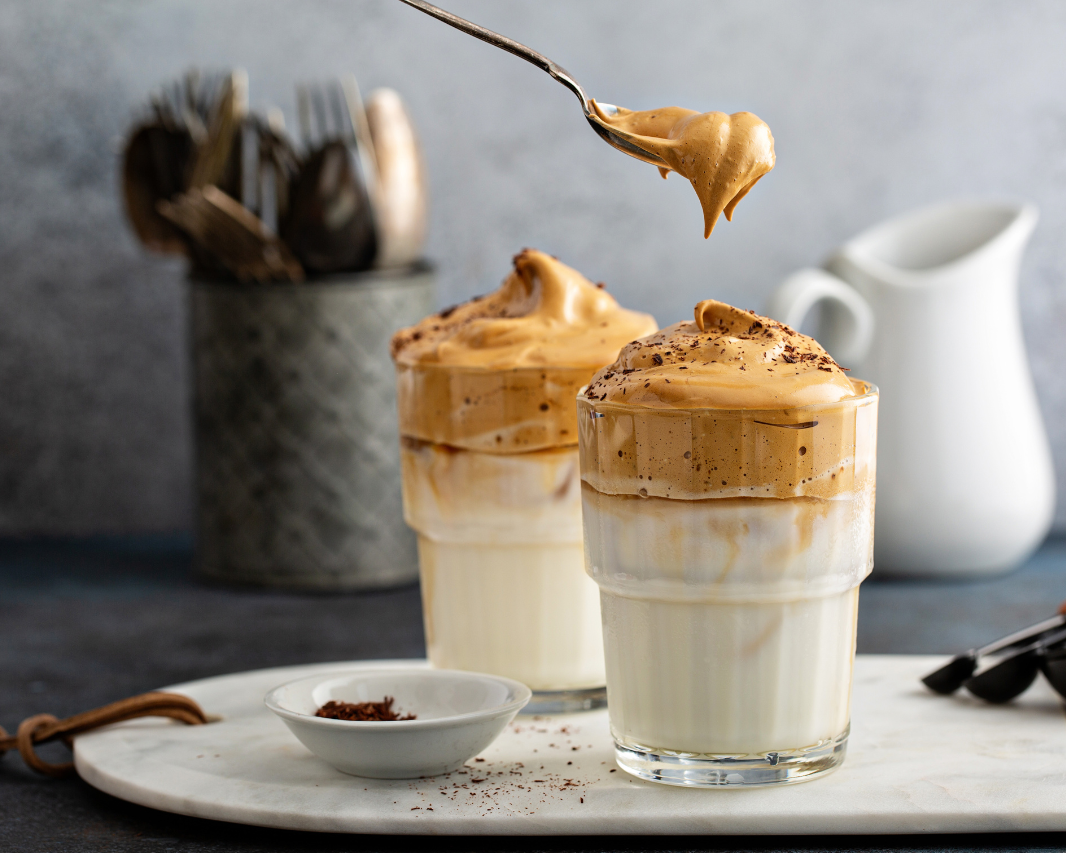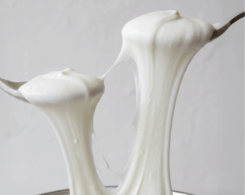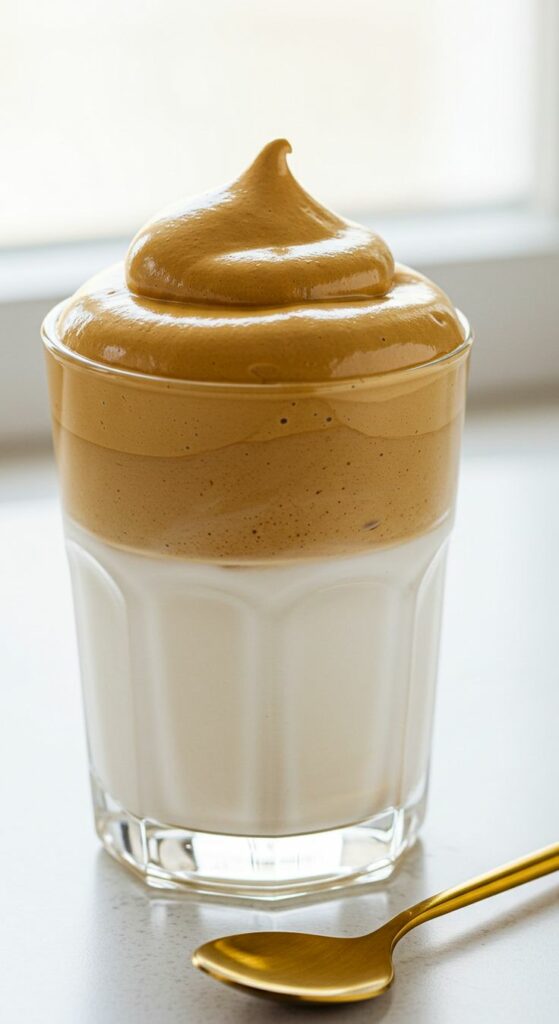
Coffee reflects the world we live in, and each era brings a new favorite. Cold brew made coffee feel artisanal. Dalgona, whipped instant coffee, sugar, and hot water beaten into a fluffy foam, went viral during the pandemic. Now Cloud Coffee, espresso poured over coconut water and topped with frothy milk, pushes the ritual forward. The drink delivers refreshment and visual drama, turning the cup into a shareable spectacle. The craze around Cloud Coffee reflects a wider shift already reshaping coffee culture worldwide.
Globally, consumers are rethinking when, where, and how they drink coffee. The move away from hot drinks feels especially striking. Iced and cold formats have now entered mainstream, with the global cold coffee market projected to grow 22% annually and reach $1.4 billion by 2027. In the UK, cold coffee already outranks cappuccinos and flat whites among under-35s. Even cafés are innovating, with Dubai’s The Pods serving iced lattes inside hollowed-out ice blocks and turning coffee into a spectacle.
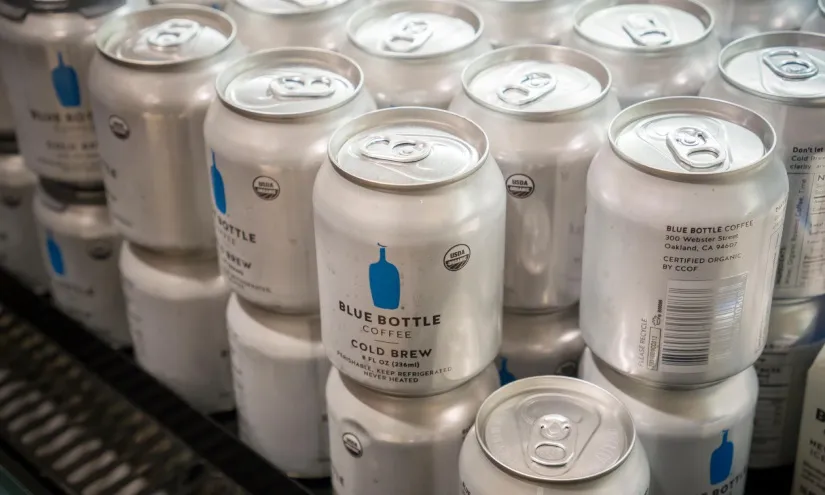
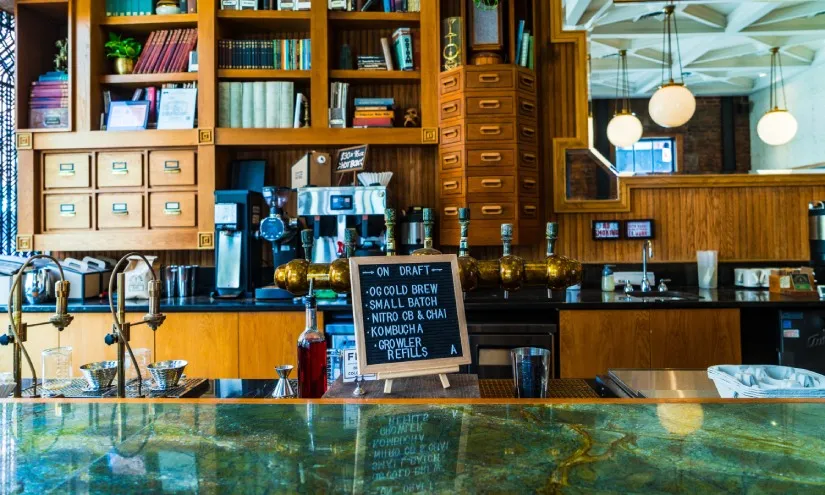
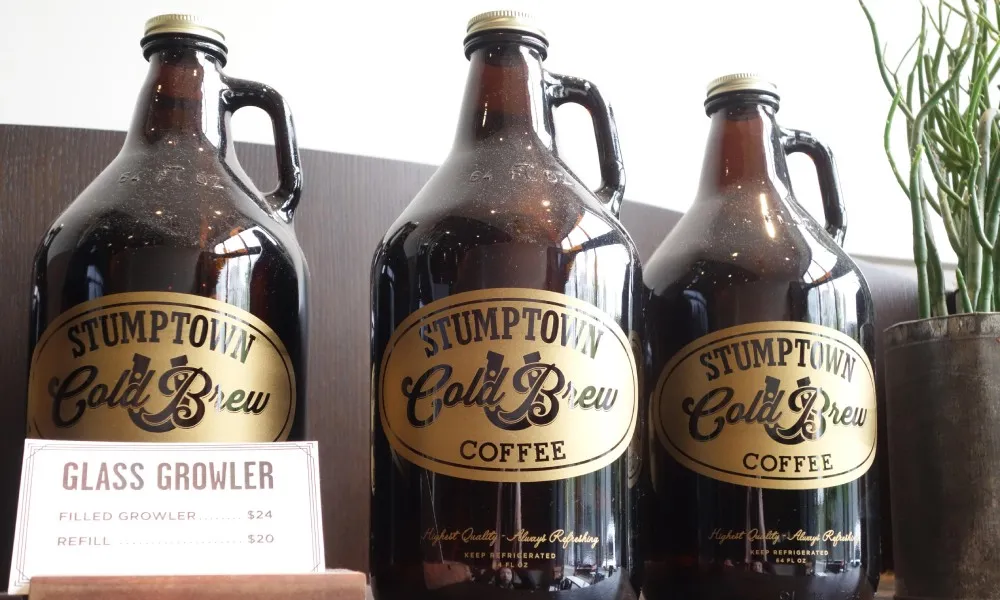
Economics shape coffee habits, too. Rising café prices push consumers to explore at-home alternatives. Instant coffee plays an outsized role here. It still trails drip and single-cup brewers in the U.S.. At the same time, the National Coffee Association reports that instant coffee jumped 31% in 2024 compared to 2023. And they expect growth to continue over the next three years. Nestlé points to similar momentum, noting how instant formats have expanded among younger American drinkers. Once seen as old-fashioned, instant coffee now fits into Gen Z’s search for affordable, customizable hacks that bring café culture home. This movement stretches across markets, from North America to Asia.
Australia also offers a telling snapshot. Coffee ranks as the number one way to spend morning “me-time,” chosen by 54.5% of adults. More than 11 million Australians (65%) now brew at home to save money. Gen Z leads this shift, with 85.6% making their coffee at home, yet still valuing quality—nearly 58% call themselves coffee snobs. Preferences are shifting too: 41% of Gen Z choose iced coffee over hot, compared to much lower rates in older generations.
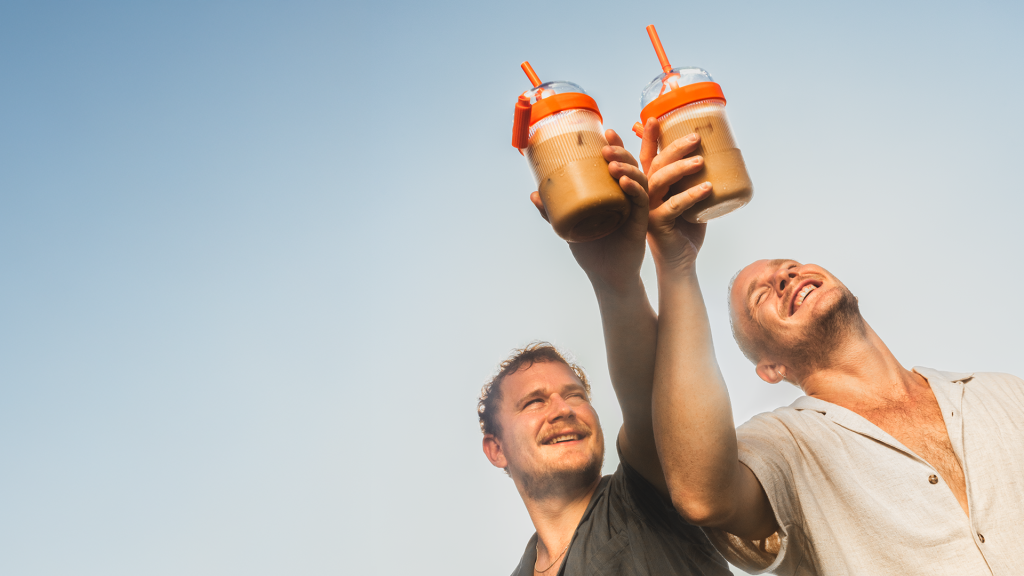
The cloud coffee effect
These drivers, from a tilt toward iced formats to cost-sensitive creativity and more personalized rituals, set the stage for Cloud Coffee. At its core, the drink blends espresso poured over ice and coconut water with a frothy milk foam, creating a visual “cloud” above a golden base. Beyond aesthetics, coconut water adds hydration, with one cup potentially providing around 600 mg of potassium and other electrolytes.
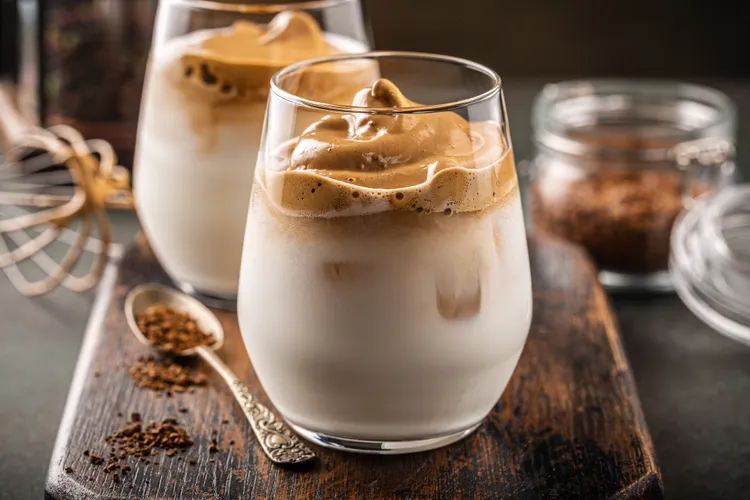
Cloud Coffee combines coconut water, espresso, and cream in layered form, creating a refreshing cold drink with visual drama. The recipe draws inspiration from existing favorites like the iced Americano, the Viennese Einspänner, and whipped Dalgona coffee. First gaining traction on TikTok in 2024, the drink quickly evolved into a tropical remix with coconut water at its base.
Versatility fuels the appeal. Flavored syrups add playful twists. Ube or matcha transform it into a colorful, wellness-leaning statement drink. The versions swapping the espresso for matcha or chai show how easily the format adapts. For Gen Z, Cloud Coffee feels less like a recipe and more like a platform — something to remix, share, and personalize!
Make cloud coffee at home
Part of Cloud Coffee’s appeal comes from how simple you can whip it up in your own kitchen. No barista training required, just a few pantry staples and a frother (or whisk). The result? A drink that feels café-level, minus the price tag.
Ingredients
- 1 shot espresso (or 2 tsp instant coffee + 2 tbsp hot water, whipped with sugar)
- ¾ cup chilled coconut water
- 2 tbsp milk or plant milk
- 1 tsp sweetener (maple, agave, or syrup)
- Ice
Method
- Fill a tall glass with ice and coconut water.
- Pour in the espresso.
- Froth the milk with sweetener until foamy.
- Spoon the foam on top to form the “cloud.”
- Garnish with cinnamon, cocoa, or spirulina.

